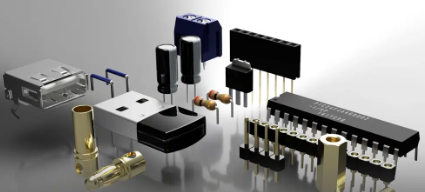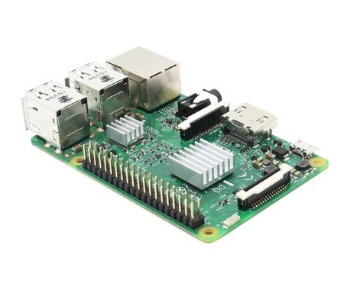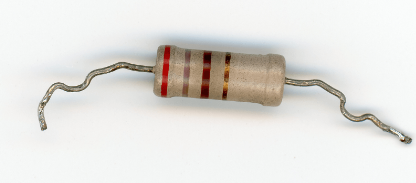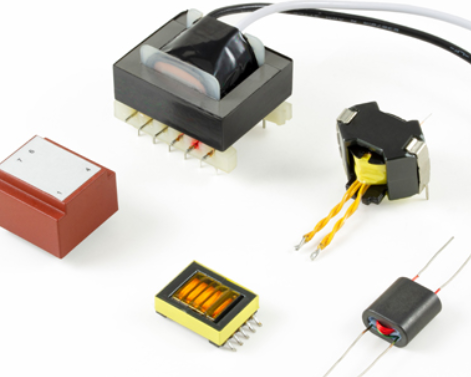What are the procurement channels of electronic components
Electronic components are the building blocks of modern technology. They power everything from smartphones and computers to cars and airplanes. However, finding the right electronic components can be a challenging and time-consuming task, even for seasoned veterans at electronics OEMs and EMSes. In this blog post, we will discuss the basics of how to find electronic components and provide some strategies for locating the parts you need.
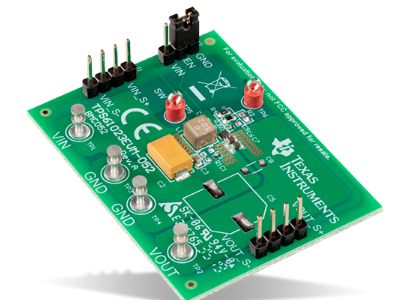
One of the best ways to find electronic components is by using online search engines and marketplaces. These platforms can help you quickly locate parts from a variety of manufacturers and suppliers. We will discuss some of the most popular electronic component search engines and marketplaces, and provide tips for using them effectively.
In addition to online resources, there are other strategies you can use to find electronic components. These include understanding electronic component specifications, using cross-reference tools, and finding alternative or equivalent parts.
What are the procurement channels of electronic components
When it comes to finding electronic components, there are several broad options available.
The first and most popular method is to search online marketplaces and distributors. These platforms offer a wide selection of parts from various manufacturers and suppliers, making it easy to find the parts you need. Some of the most well-known online marketplaces and distributors include AMEYA360. Most electronic manufacturers choose one or two distributors and build trusted relationships with them, going back time and time again for supply.
Ameya Holding Limited was established in Hong Kong in 2007 and later in 2011, Shanghai Huanghua Information Technology Co., Ltd. was registered, marking the launch of our online platform, AMEYA360 (www.ameya360.com), providing a one-stop solution for electronic component procurement.
At present, Ameya Holding Limited has secured authorized agency agreements with over 80 renowned original manufacturers, including ROHM, Murata, Panasonic, Taiyo Yuden, Susumu, Rubycon, Renesas (IDH), NXP (IDH), 3Peak, GigaDevice, Novosense, Dioo, and others. They also distribute brands like TI, ADI, ST, Infineon, and Microchip. With a vast network of more than 3,500 high-quality suppliers, AMEYA360 Mall offers an impressive selection of over 8 million types of products available for ordering, with over 5 million components in stock.
Another option is to use electronic component search engines. These search engines allow you to enter the part number or specifications of the component you need and provide a list of results from multiple sources. Some of the most popular electronic component search engines include Octopart, Findchips, and TrustedParts.
Larger buyers will often have the option to purchase electronic components directly from manufacturers. This can be a more cost-effective and reliable option for buyers who require large quantities of components or need custom parts that are not readily available through other sources. To purchase components directly from manufacturers, buyers typically need to have a strong relationship with the manufacturer and meet certain minimum order requirements.
If you are having trouble finding a particular part or need help with procurement, you may want to consider using an electronic component broker. These brokers specialize in sourcing hard-to-find or obsolete parts and can often provide faster and more reliable access to these components than other sources. There’s a huge diversity of brokers in the secondary market, and they can be difficult to trust – but sometimes, they’re the only ones with inventory available.
The best electronic component search engines
When using electronic component search engines, it's important to compare results across multiple sources and verify the authenticity and quality of the components you are purchasing. They’re plugged into a much wider section of the market than the authorized distributors, but that sometimes comes at the cost of less accurate data. Top search engines include:
Octopart: Octopart is a popular electronic component search engine that provides real-time information on pricing, availability, and technical specifications from a variety of manufacturers and distributors. Octopart has a user-friendly interface and powerful search features that allow you to filter results by a range of criteria, including price, quantity, and lead time.
Findchips: Findchips is another top electronic component search engine that offers a comprehensive database of parts from a wide range of suppliers. It provides detailed information on pricing, availability, and technical specifications for each part, and allows you to compare prices and availability across multiple sources.
Trustedparts: On the other hand, Trustedparts focuses on hard-to-find and obsolete parts. It provides access to parts from a wide range of suppliers and allows you to search by part number, manufacturer, or keyword. The site also includes tools for cross-referencing and part substitution to help you find alternative components when needed.
在线留言询价
- 一周热料
- 紧缺物料秒杀
| 型号 | 品牌 | 询价 |
|---|---|---|
| BD71847AMWV-E2 | ROHM Semiconductor | |
| CDZVT2R20B | ROHM Semiconductor | |
| RB751G-40T2R | ROHM Semiconductor | |
| TL431ACLPR | Texas Instruments | |
| MC33074DR2G | onsemi |
| 型号 | 品牌 | 抢购 |
|---|---|---|
| TPS63050YFFR | Texas Instruments | |
| BU33JA2MNVX-CTL | ROHM Semiconductor | |
| BP3621 | ROHM Semiconductor | |
| IPZ40N04S5L4R8ATMA1 | Infineon Technologies | |
| ESR03EZPJ151 | ROHM Semiconductor | |
| STM32F429IGT6 | STMicroelectronics |
- 周排行榜
- 月排行榜
AMEYA360公众号二维码
识别二维码,即可关注


